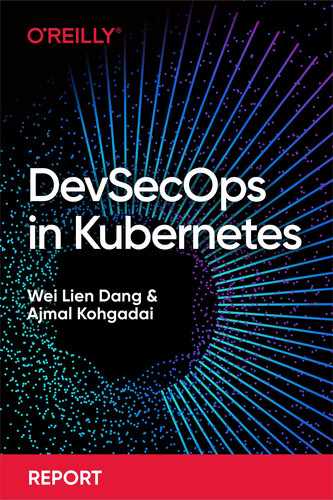Security is now everyone's job. Whether your system is cloud native or lives in the cloud with a traditional architecture, moving off premises has made security more complex than ever. To protect your assets, you should consolidate the groups involved in development, orchestration, and deployment, because they'll all have different insights. If your work touches any part of the software development lifecycle (SDLC), this report is for you. You'll learn how to integrate security measures into software development methodologies and architectural designs. Then you'll discover how DevSecOps helps you embed security into the SDLC to identify and address threats. Make your team and organization stronger, more resilient, and more secure by adopting the DevSecOps mindset.
